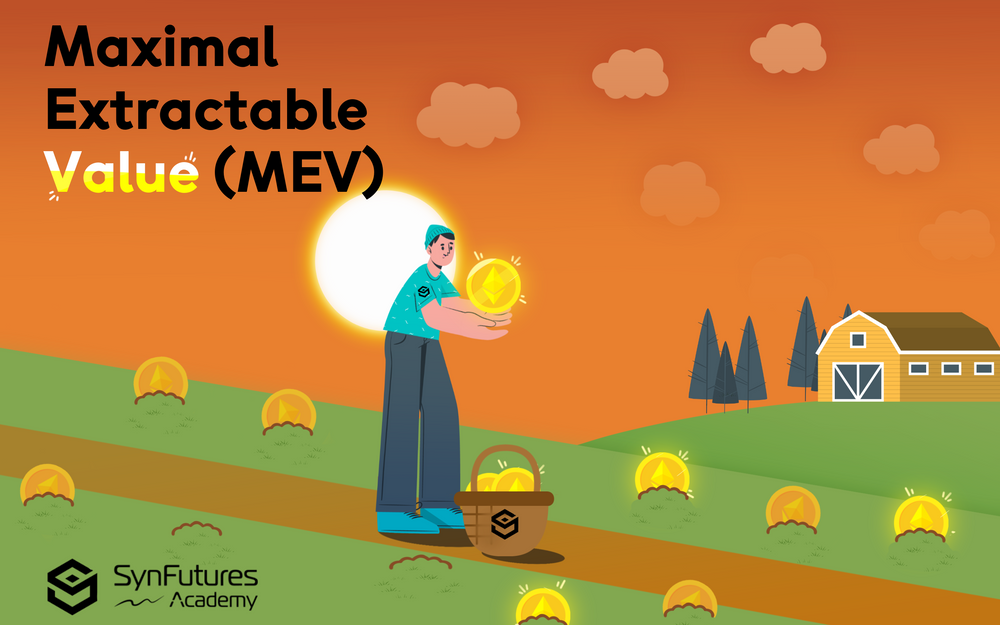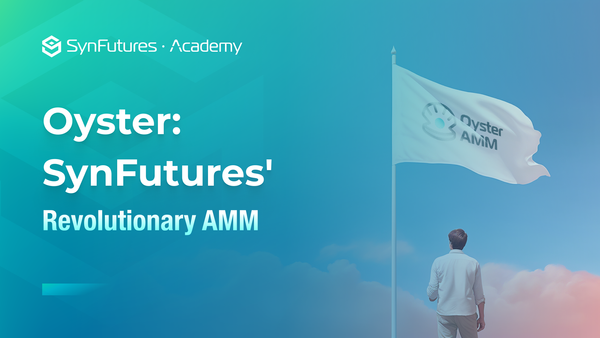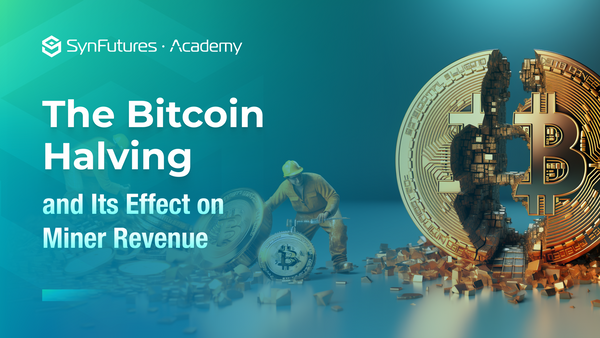What is Maximal Extractable Value (MEV)?
Overview
Most people familiar with how blockchains work will know about the role of miners in maintaining the network. In return for their service, they are supposed to be rewarded through block rewards and transaction fees. However, the nature of blockchain has given rise to a lesser-known revenue source called Maximal Extractable Value (MEV, for short). Miners extract MEV by using their power to organize blocks and prioritize one transaction over the other.
Originally, MEV stood for ‘Miner Extractable Value’ but it has since been updated to ‘Maximal Extractable Value’ because validators in Proof-of-Stake chains can carry out this operation just as much as miners in Proof-of-Work chains.
History
The possibility of MEV was first discovered by Pmcgoohan in 2014. However, it only gained in popularity after the advent of DeFi in 2020. It was DeFi that gave the theoretical idea of MEV a real-world application. As DeFi continued to grow, so did MEV opportunities. As of September 2022, over $675 million worth of MEV profit has been earned by both Miners and Searchers (We will learn more about Searchers later).
How It Works
In order to understand MEV, we must first understand how blockchains work. When a user makes a transaction on a blockchain, it goes to a mempool where all the transactions are stored before being added to the blockchain. From there, a miner selects some of these transactions, orders them in their block and adds that block to the blockchain. Once the transaction is added to the blockchain, it’s considered complete and irreversible.
Different blockchains have different mechanisms that randomize the process of choosing a miner. But, once selected, they have the power to decide which transactions get added to the blockchain and in what order. This is where MEV opportunities come into the picture.
Let’s look at an example. Say Alice places an order to buy 50 ETH from a DEX that runs on Ethereum. This order then goes to the Ethereum mempool where everyone can see the order details. We know the price of ETH on that exchange will increase once such a large order gets executed, so a miner could place a buy order for ETH before the user’s order and place the sell order for the same amount of ETH after the user’s order and add that block to the blockchain. This way, the miner’s buy order would get executed first, followed by the user’s buy order which pushes up the price of ETH. Then the miner’s sell order gets executed earning him/her a tidy profit. This type of trading is also known as Sandwich trading as the user order gets sandwiched on both sides by the miner’s orders.
Searchers
Although MEV was theoretically considered as an exploit for miners, in practice, most miners don’t carry out MEV operations themselves. Instead, they rely on third parties called Searchers. These Searchers use bots with complex algorithms to scan the mempool, choose the right target transactions, order them in the right way to extract maximum profit, and send these transactions to the miners.
As MEV became more popular, the number of Searchers has continued to increase, and this has resulted in competition between Searchers for different MEV opportunities. Most of the time, two or more Searcher bots compete against each other for the same MEV transaction. They will try to outbid each other for the same spot in the blockchain by incrementally increasing the transaction fee. The miners can then choose the bot that gives them the highest transaction fee and add that to the blockchain. During the early days, Searchers were paying 90 to 95% of their MEV profit as a transaction fee and only pocketing the remaining 5 to 10%, so miners were still the biggest beneficiaries of MEV. However, over time, the balance of power shifted to Searchers who now pocket over 60% of the profit.
MEV Positives
MEV is not always negative. It can also be used positively to add value to the crypto ecosystem. One of the common positive use cases of MEV is DEX arbitrage. For example, let’s say two different decentralized exchanges are offering Ethereum at slightly different prices; one for 1730 and another for 1750. A searcher bot can buy the token from the exchange with the lower price and sell the token at the exchange with the higher price and pocket the profit. So far, this is just a normal arbitrage trade, except for one key difference. In a normal arbitrage, there is a possibility that another searcher bot could carry out the same trade before the first one which then forces the first bot to sell ETH at the same (or even lower) price. But if the first bot uses MEV, it can make sure that its buy transaction is immediately followed by the sell transaction, thereby guaranteeing profit.
This type of MEV is beneficial to the crypto ecosystem because it allows more Searchers to participate in arbitrage trade without the fear of taking losses and therefore helps stabilize the price of the same token across different decentralized exchanges. And since it is just an arbitrage trade, no one is negatively affected by it.
MEV Negatives
The Sandwich trading that we learned about earlier is a good example of MEV being used in a negative way. It offers no benefit to the larger crypto ecosystem and instead ends up hurting the user(s). When a buy order was placed before Alice’s 50 ETH order, it increased the price of ETH for Alice and when the sell was placed after her order, it decreased the price of ETH after her purchase. Therefore, the Miner’s and Searcher’s gain come at Alice’s expense.
Conclusion
MEV is a unique crypto ecosystem problem and there is no precedence on how to handle this issue. However, the crypto ecosystem is dynamic and ever-changing, as new problems prop up, new solutions are also invented to address them. MEV is currently going through that process and hopefully, the ecosystem will find the right balance between protecting the users and rewarding the miners.
Discover SynFutures' Crypto Derivatives products: www.synfutures.com/.
Disclaimer: SynFutures Academy does not guarantee the reliability of the site content and shall not be held liable for any errors, omissions, or inaccuracies. The opinions and views expressed in any SynFutures Academy article are solely those of the author(s) and do not reflect the opinions of SynFutures. The SynFutures Academy articles are for educational purposes or information only. SynFutures Academy has no relationship to the projects mentioned in the articles, and there is no endorsement for these projects. The information provided on the site does not constitute an endorsement of any of the products and services discussed or investment, financial, or trading advice. A qualified professional should be consulted prior to making financial decisions.




